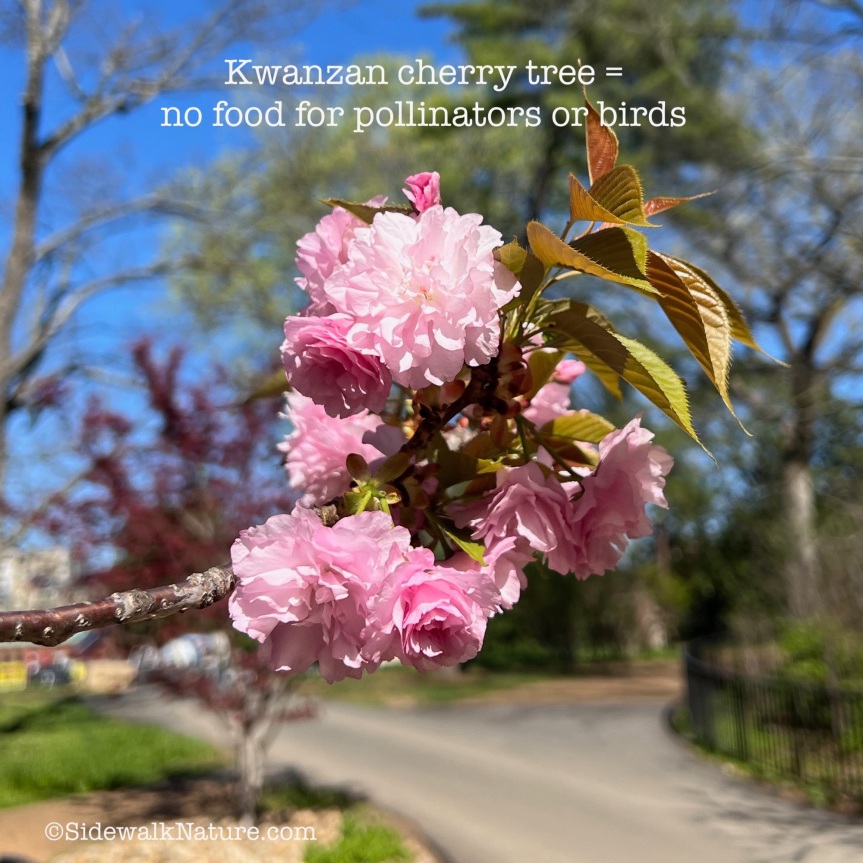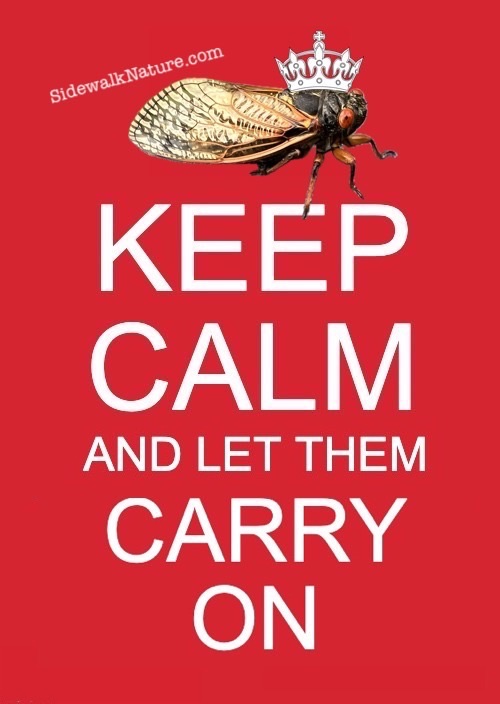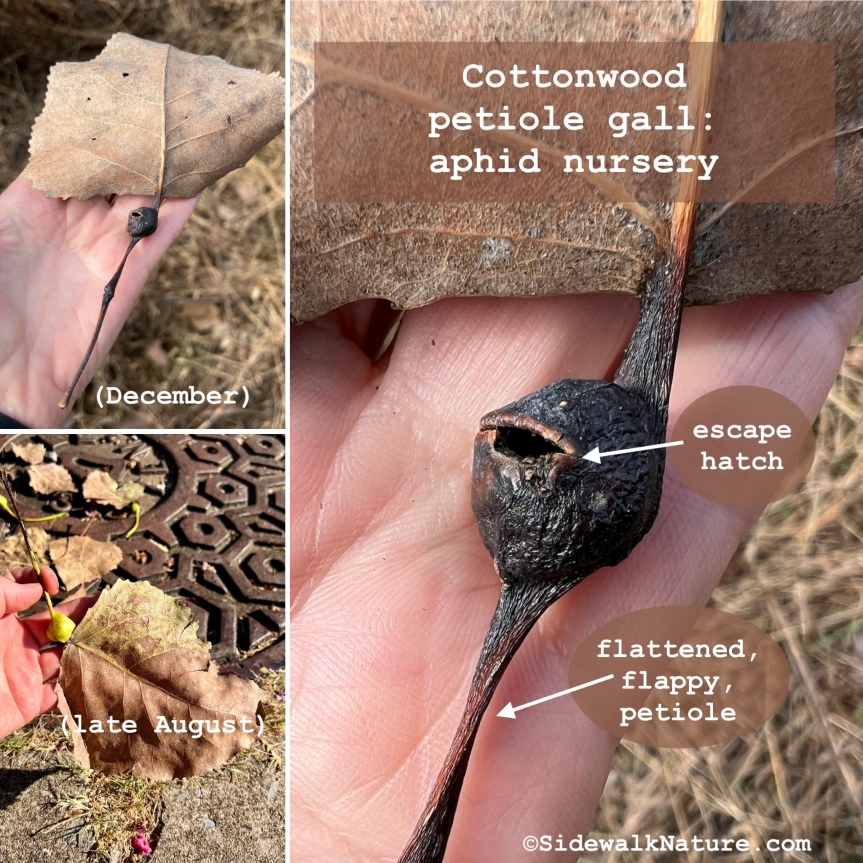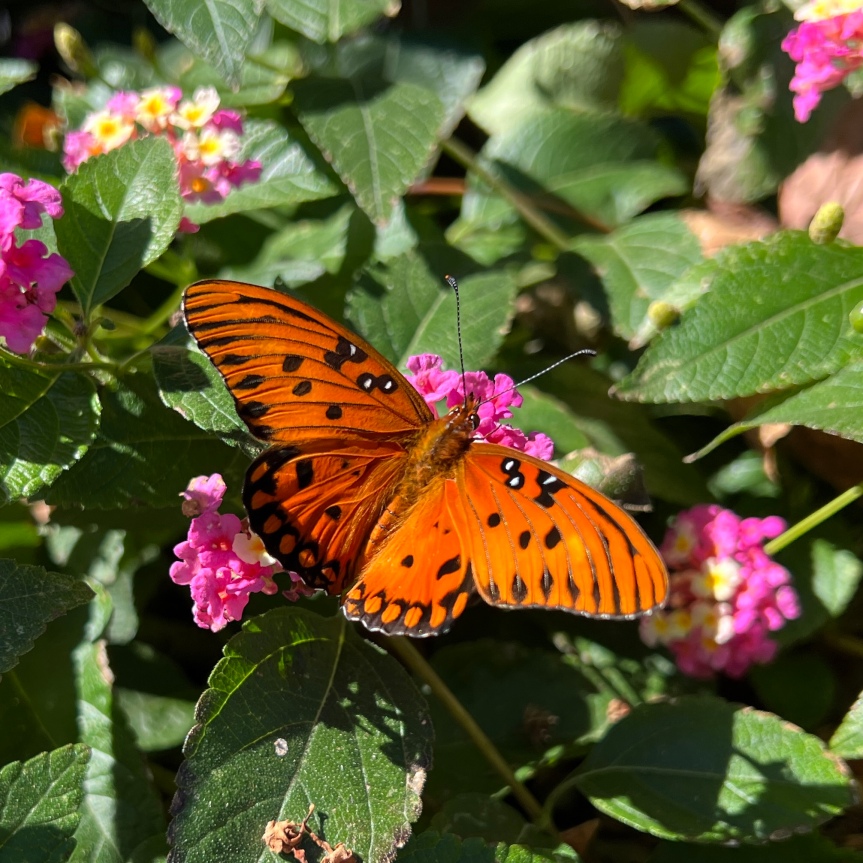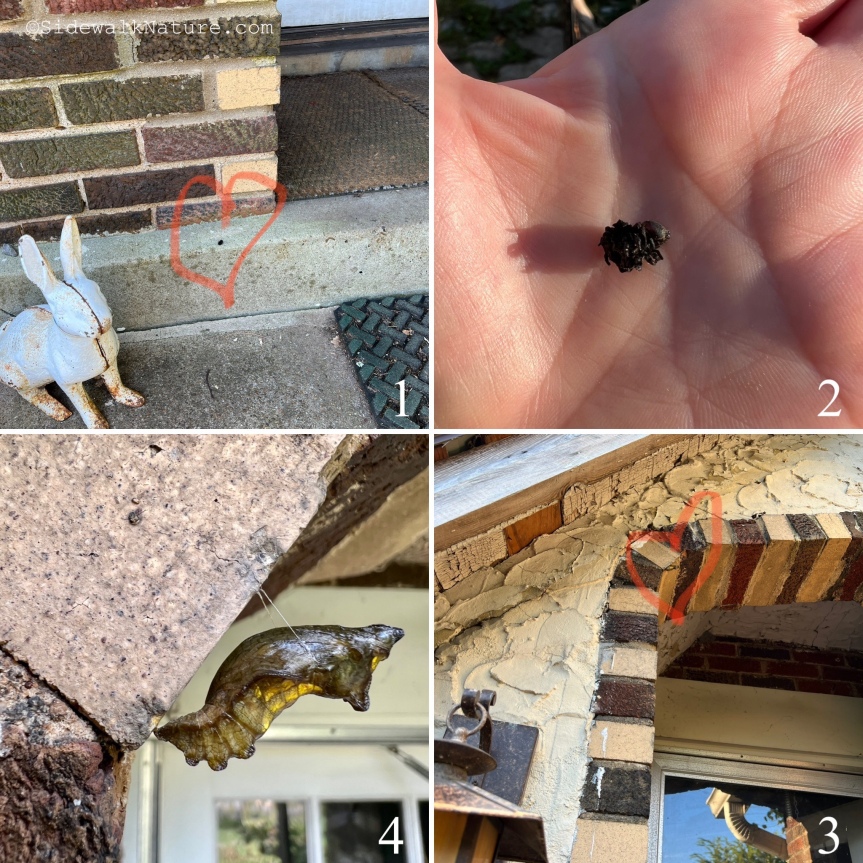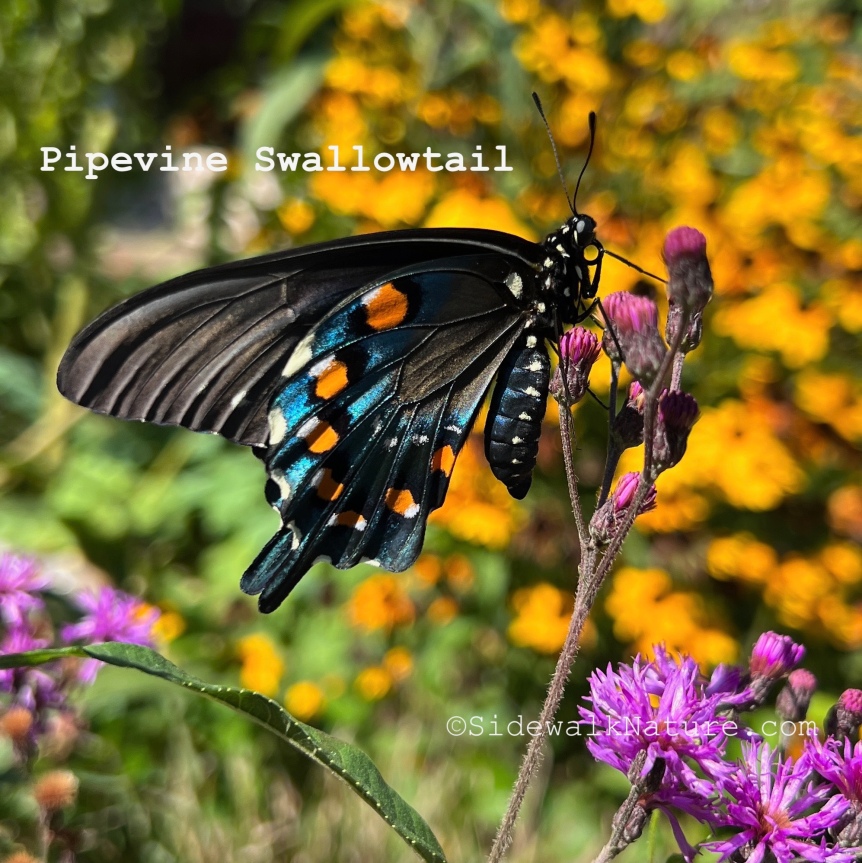Part 1 tried to calm panic about tree damage, noise, stink, inconvenience.
Part 2 will try to stir panic, but on behalf of the cicadas.
Here’s a new yard sign I wish I could sneak all over town. Even though many of us had a “No Mow April” sign, some of us need this new one, just for a few days: “No Mow Cicada.”
**Can we please delay our obsessively tidy, short-bladed, weekly mow and blows? For another week or maybe two?**

Cicada emergence is well underway, and in some areas almost over, but our lawncare is killing them before they get a chance to mate.
It’s all about timing. These cicadas have spent 13 years underground prepping for the moment they emerge from the soil, climb a vertical thing, hang on tight, and break out of their nymphal exoskeleton. This final transition can take hours. They start to appear at dusk, but by morning many are still searching for a safe spot, or are mid-way through their final molt, or are still hanging to let their white, dough-soft bodies sclerotize into stiff, black, flight-ready condition. New adults don’t even try to fly until the sun warms them, and sometimes not until afternoon. When startled, females drop to the ground. And all cicadas are notoriously clumsy fliers.

So when a lawn crew arrives with lawnmowers, trimmers, leafblowers, pesticide sprayers, nearly all the newly emerged cicadas are doomed. Lawncare may be their most successful predator yet, and unlike the predators with whom cicadas evolved, a lawnmower does not reach “predator satiation.” A lawnmower never tires of eating cicadas. There is no end of cicadas that lawncare can kill.
Until there is an end of cicadas.
